Many graduates from NAAB accredited universities consider options other than the position of intern architect. For me, the search and application process for a position that will continue my path towards becoming a licensed architect broadens and continues, but evolves. I consider the IDP (edit: now the AXP) process as the primary direction for developing my career in architecture, but I am open to other avenues that may allow me to explore architecture in a more experimental way.
Building an Architect has a great guide to logging IDP hours without a job, which can be great in remaining productive in career development without a full-time position in a firm. These potential IDP hours are great, but must also be obtained legally which prompted me to search out what architecture graduates that are unlicensed, can actually do. Searching through the Iowa Legislature‘s website, I was able to find the relevant codes for registered architects in Title XIII COMMERCE, Subtitle IV PROFESSIONAL REGULATION, COMMERCE -RELATED, Chapter §544A REGISTERED ARCHITECTS. Within this chapter, it obviously covers the codes for operating as a registered architect, but it also covers the limits for those not registered with the AIA. In §544A.18 EXEMPTIONS, the code explicitly lists for what type of buildings that “not registered architects” can “perform planning and design services.”
At first, I was not completely sure what a “not registered architect” would actually mean. Is this every person that is not a registered architect? Is it people on track to becoming an architect, such as students, graduates of NAAB accredited schools, or intern architects? Is it someone who is registered as an architect somewhere, but just not Iowa? I conclude that it is all people other than registered architects. Moving on with that assumption, the full code for §544A.18 states the following:
“Notwithstanding the other provisions of this chapter, persons who are not registered architects may perform planning and design services in connection with any of the following:
- Detached residential & outbuildings
- =<12 units
- =<3 stories
- Agricultural buildings
- Grain elevators
- Feed mills
- Etc.
- Nonstructural alterations to existing buildings but cannot change use FROM
- Any >>TO>> place of assembly or public gathering
- Any >>TO>> place of residence (other than those in subsection #1)
- Industrial / warehouse >>TO>> commercial or office (not of subsection #4)
- Warehouse / commercial
- 1 story
- =< 10,000sqft gross
- Commercial
- =< 2 stories
- =< 6,000sqft gross
- Light industrial buildings
- Factory built buildings
- =< 2 stories
- =< 20,000sqft gross
- OR certified by a professional engineer
- Churches & accessory buildings
- =< 2 stories
- =< 2,000sqft gross
Writing this post has given me a deeper understanding of my design freedom as a an architecture graduate. If you are in the same position, I hope it has been helpful to you. This research, as well as the process of job-seeking, has allowed me to properly understand my current position and legal freedoms, and gives me an appreciation for what design and career freedoms licensure will bring. I do not necessarily disagree with the IDP program, because I believe architects must be held to a high standard to ensure public health, safety, and welfare. However, the relationship between graduation from an NAAB accredited university and licensure is highly dependent on the state of the economy, previous experience, nearby firms, and networking connections, leaving a great amount of potential static and unused.
As a graduate from an NAAB university (in addition to my bachelor’s degrees and confidence in my own knowledge), I believe that I have a higher understanding of buildings and design than the average person. As the profession evolves, I hope that the profession of architecture can put all of the potential talent of all of the unemployed or otherwise employed graduates of architecture. I think this would significantly raise the quality of small-scale architecture.
The exceptions from §544A.18 allow more freedom for building owners, developers, small businesses, farmers, and religious parishes, since anyone would have the same design freedoms with/without an accredited degree. Given these exceptions, it is clear that Iowa, and many other states, believe that architects and engineers are not necessary for all building projects, but it does provide a significant amount of freedom to anyone, regardless of experience or background. I imagine since the state has many farmers and religious folks, that there was some sway by these groups within the state legislature that paved the way for these provisions; likely to the dismay of the Iowa AIA. Unfortunately, the group of unemployed graduates of architecture doesn’t have much influence.
I am a lifetime Iowan, and I believe that many in Iowa are well capable of designing and building the exceptions listed above safely without any official training or degrees. At the same time I would appreciate more design freedom as a graduate. I do not simply seek the title of architect for the title, but feeling the need to correct someone if they call me an architect becomes tiresome and somewhat devalues my abilities.
I do not believe the process to become a licensed architect in the U.S. should be less stringent, but rather, that an intermediate level can be adopted for those holding a professional degree in architecture. Could there be different classifications of architect, such as single-family residential, multi-family residential, commercial, institutional, industrial, etc., that would require different levels of experience, knowledge, and expertise? This could provide more legal freedom, empowering a growing number of architecture graduates that are without a firm. Perhaps that would over complicate the whole system, but I am just thirsty to become involved in the built environment in a more expressive, experimental, and liberating way.

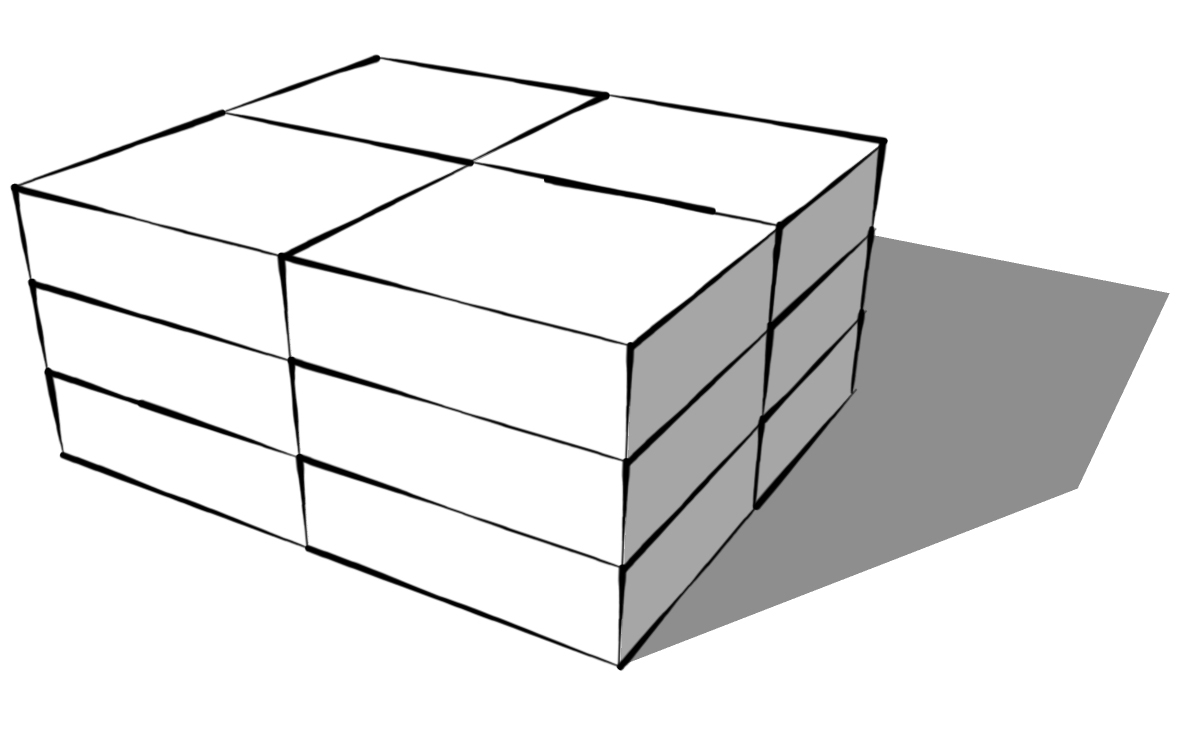
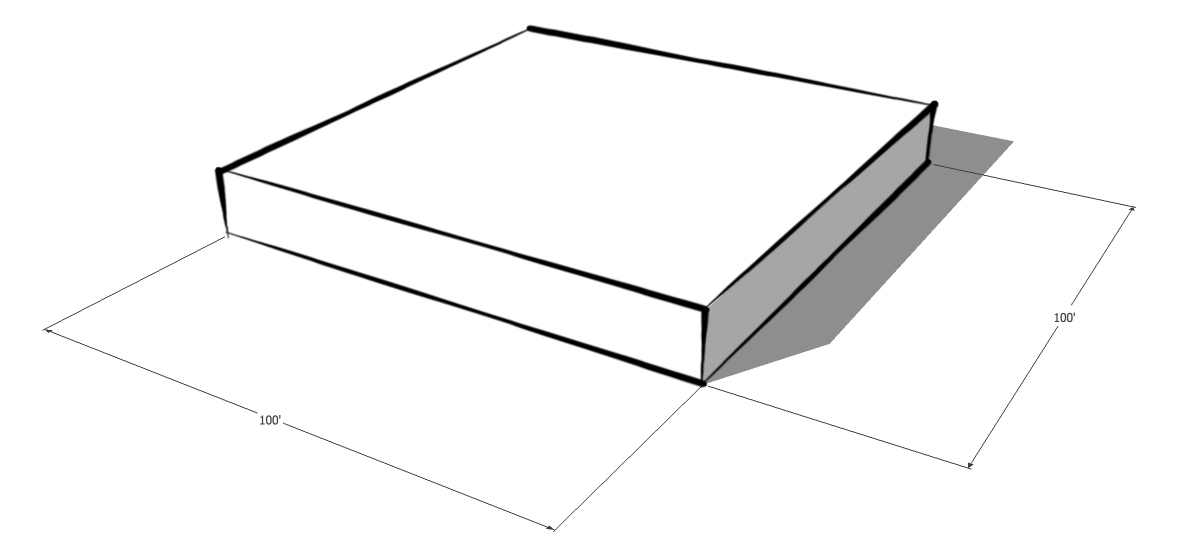
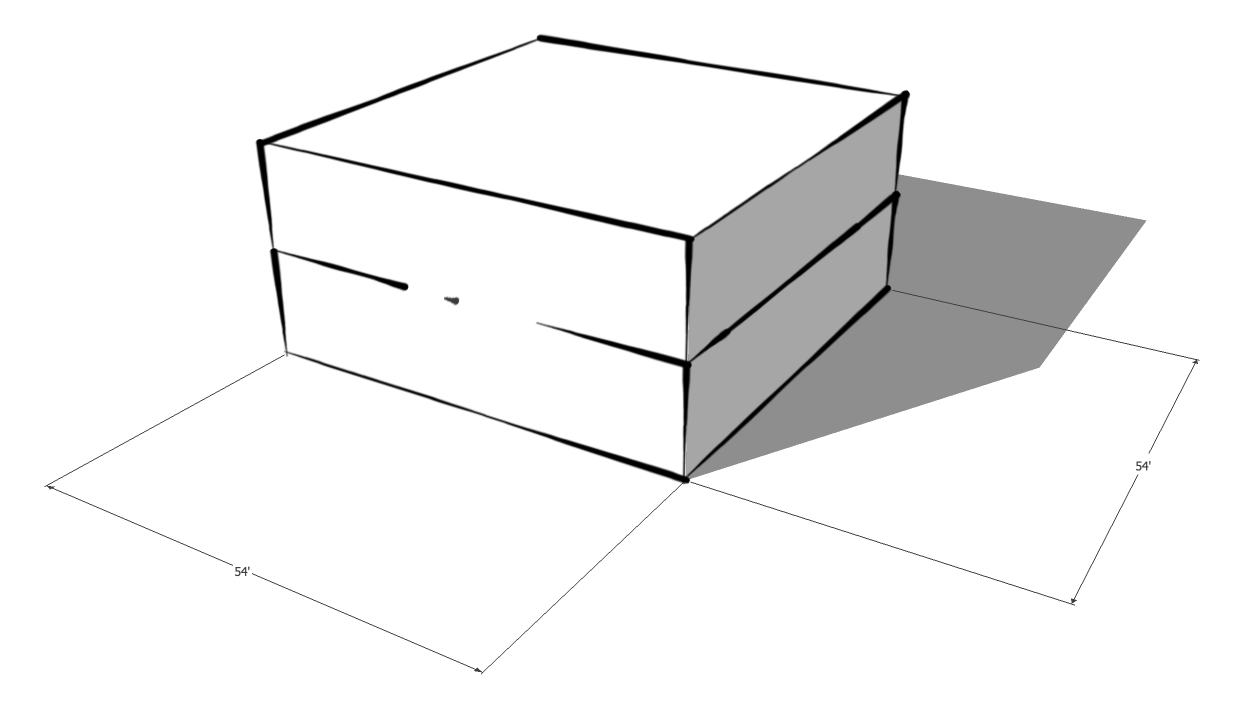
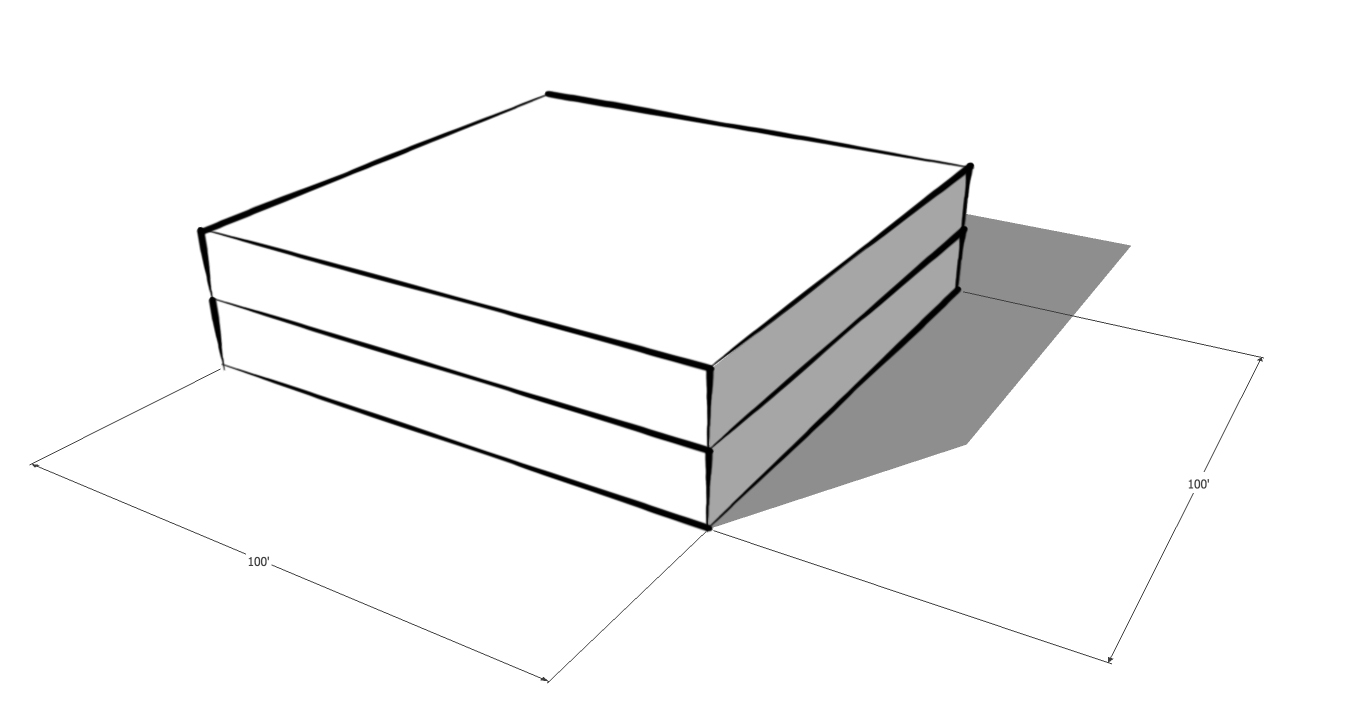

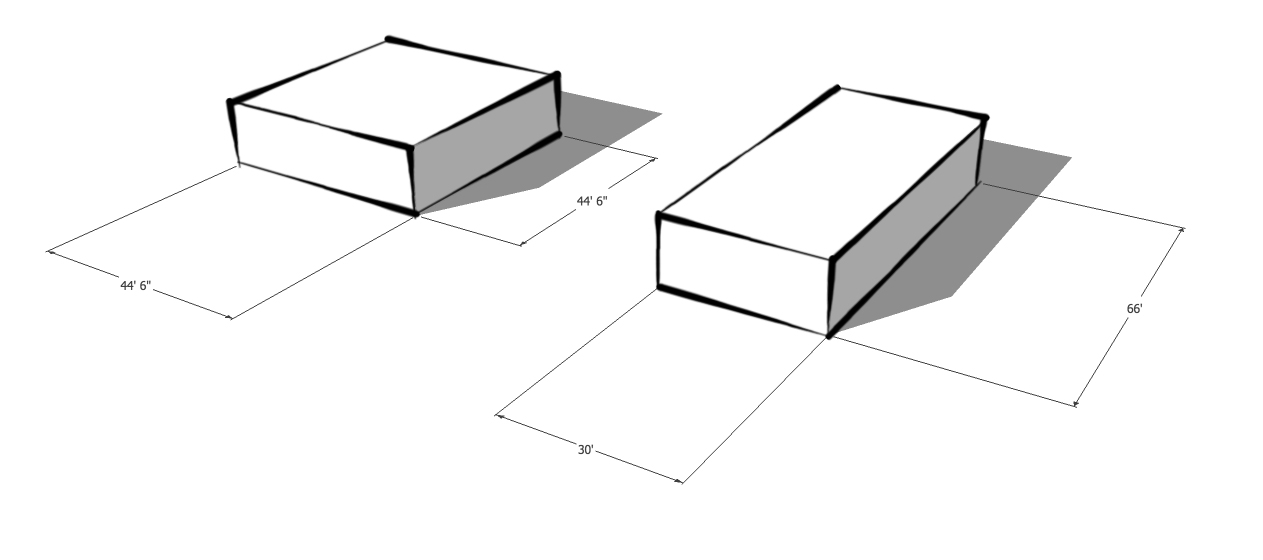
One Comment